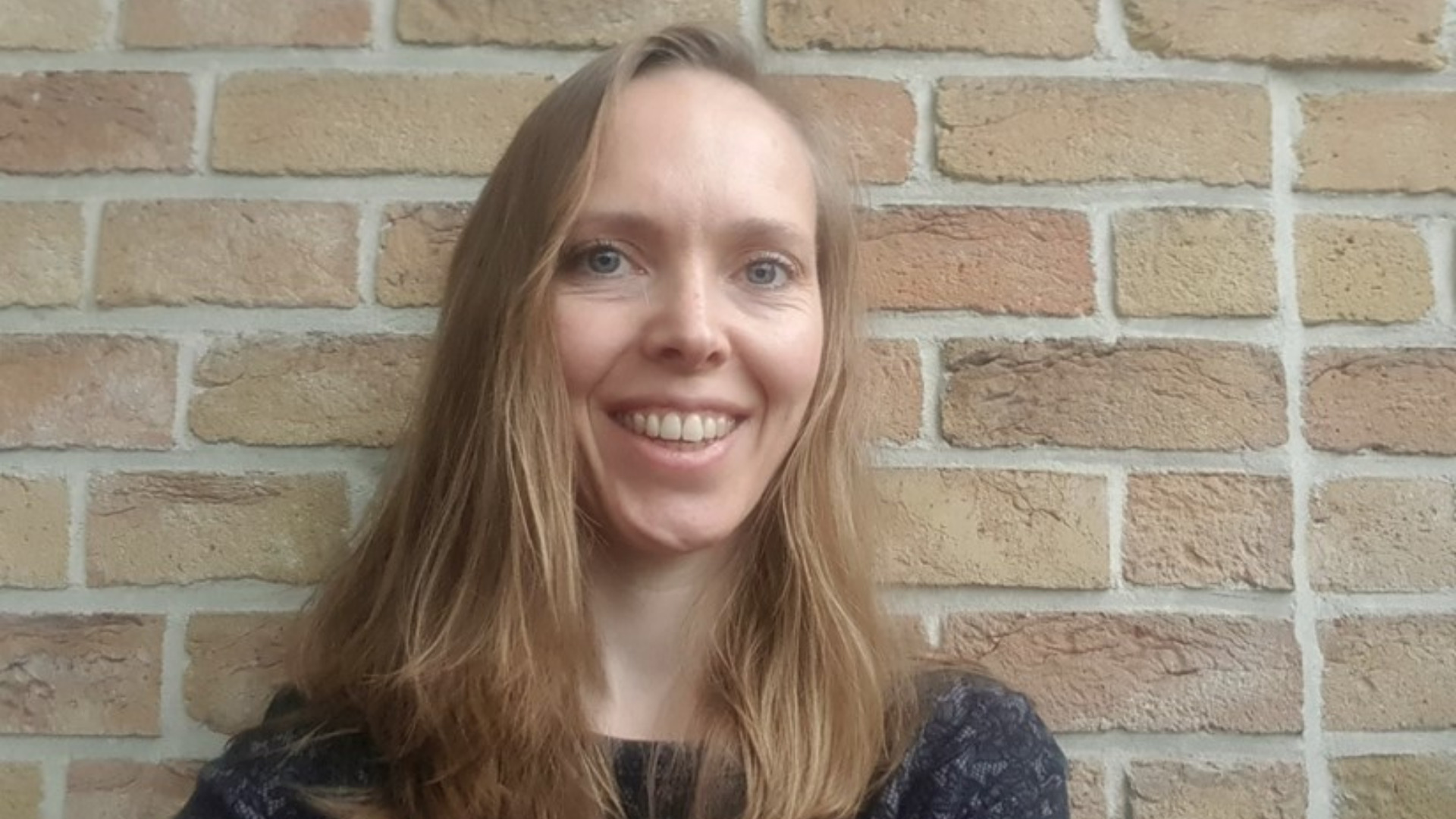Explaining what your research is about in a clear and concise way isn’t easy, especially if your audience has little or no prior knowledge of the subject. That’s why UAntwerp organises PRESS>SPEAK, an annual writing and presenting competition for young researchers taking their first steps in science communication. Every year, the winners of the writing contest are featured on the Pintra blog.
For the PRESS>SPEAK writing competition, researchers were instructed to explain their research in a text of three paragraphs of max. 150 words. They also had to come up with a pithy title, a striking subtitle, and a picture illustrating the difference their research aims to make in society. The third winning text, written in Dutch by Karen Verheyen (Faculty of Medicine and Health Sciences), is about the obstacles which children with Dravet syndrome face.
The everyday obstacles for children with Dravet syndrome
Children love nothing more than to play outside. But what if that is too difficult for some? We see this in children with Dravet syndrome. Research at the University of Antwerp shows the many obstacles they face and tries to find a solution: ‘There is no miracle cure for everything yet, but we can address the gait abnormalities.’
Children with Dravet syndrome develop differently from their peers. This is due to a mutation in their DNA that causes epileptic seizures at a very young age. In addition to a mental disability, these children also have problems with the proper execution of movements. This can be seen in their less smooth gait, which often requires them to use a wheelchair for longer distances. It is therefore understandable that Dravet syndrome hinders children in their daily activities, such as playing outside. That is why a team of researchers at the University of Antwerp is looking to address the gait abnormalities and daily obstacles encountered by these children.
A total of 50 children and young people with Dravet syndrome took part in the study. This showed that half of the children learnt to walk at a later age. After taking their first steps, children need more time to master walking until they are about eight years old. Despite the improvement, gait abnormalities often remain. What’s more, during adolescence the problems can sometimes increase. The biggest obstacles are walking long distances, running, taking stairs, and stepping over obstacles. Both the intellectual disability and the age at which the children learn to walk, as well as the existing gait abnormalities, appear to have an impact on their daily activities. There is no miracle cure for everything yet, but we can address the walking problems.
Overcoming obstacles
To teach children with Dravet syndrome to walk better, regular monitoring of their walking is essential. Thanks to the study, we know at what ages a comprehensive 3D gait analysis is recommended. This analysis provides much more information than can be seen with the naked eye, allowing us to identify individual problems in detail. By doing so, therapy can be customised. In most cases, they receive physical therapy with specific exercises; sometimes splints may also be needed. Because children with Dravet syndrome need more time learning to perform movements properly, it is recommended that they also practice and move around a lot at home. By walking better, the children will have less difficulty in dealing with the obstacles of everyday activities. This makes playing outside easier. Don’t all children have a right to do that?



